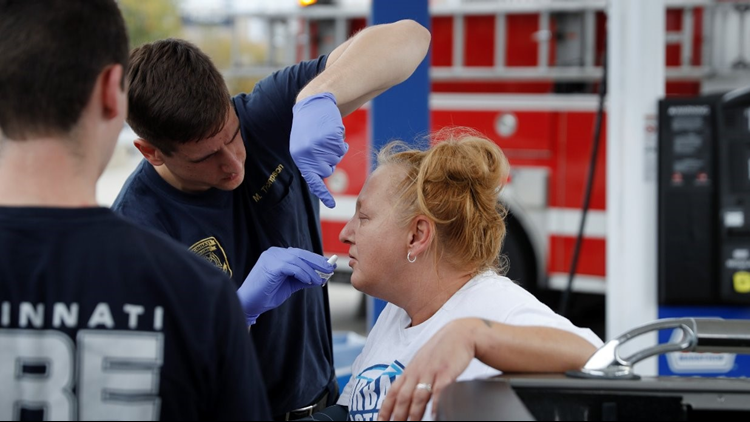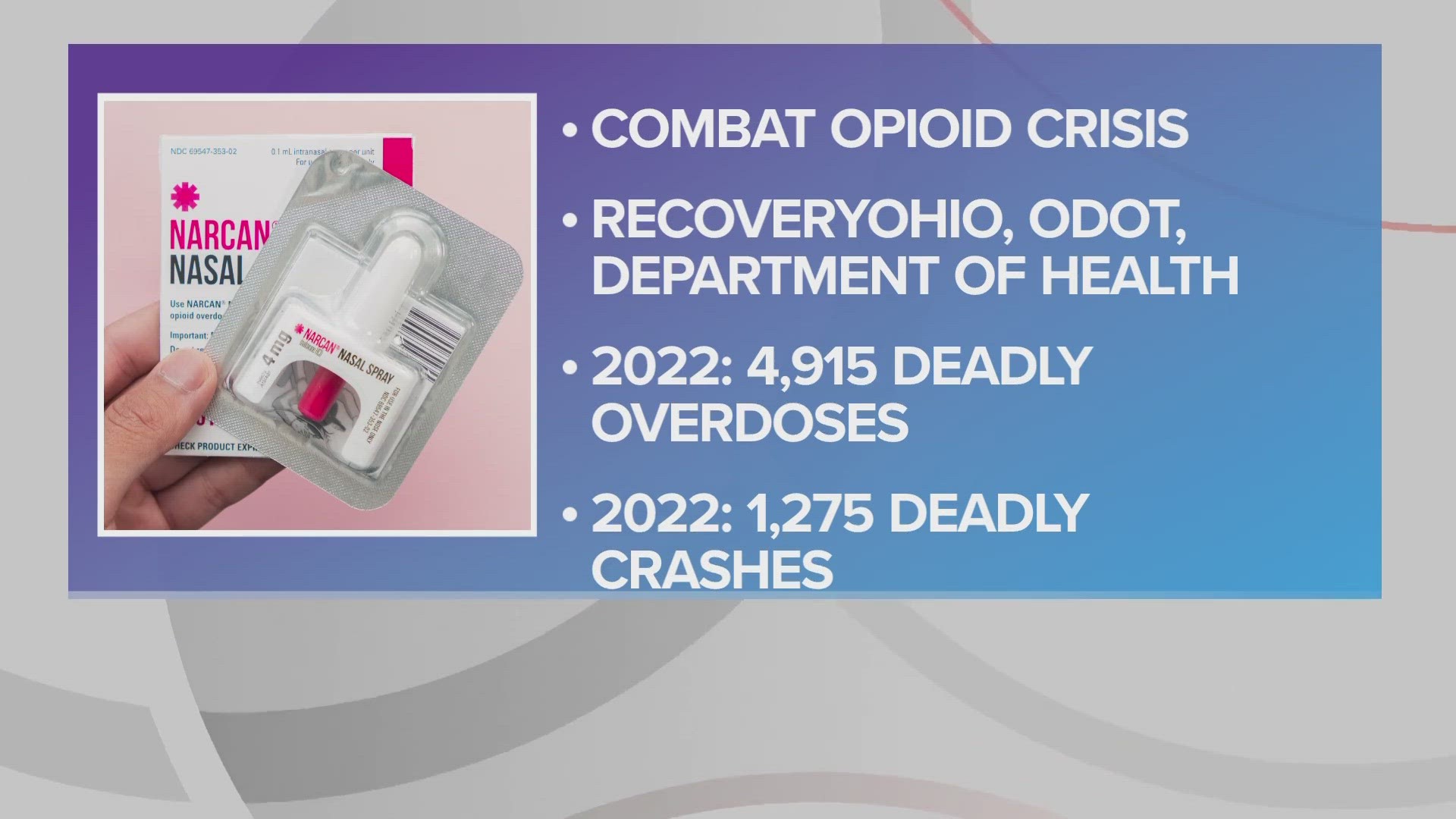As the nation's opioid crisis has devastated thousands of families, it also has taken a crippling financial toll on cities, small towns and counties around the country.
Packed jails, increased ambulance runs and overworked coroners, sheriff's deputies and public defenders are just some of the consequences of the massive epidemic that has forced localities to divert millions of dollars to overdose-related emergencies and addiction treatments. That cost was acknowledged this week in a settlement between OxyContin maker Purdue Pharma and the state of Oklahoma, a settlement that included $12.5 million for local governments.
But is it enough?
Government officials around the country who have lawsuits pending against the opioid industry said the amount in the Oklahoma settlement was just a fraction of what they need.
Hunter Shkolnik, a lawyer representing at least five Oklahoma counties in opioid-related lawsuits, said he expects his clients will avoid asking for a piece of the settlement because taking the money would mean giving up on their own claims against Stamford, Connecticut-based Purdue Pharma.
"The amount that they're offering is woefully inadequate," he said.
Most of the $270 million Oklahoma settlement — about $200 million — announced Tuesday will fund a university drug treatment and research center.
While state claims against the industry have received most of the legal attention, local governments actually account for the vast majority of lawsuits against opioid makers, drug distributors and pharmacies.
The legal proceedings most likely to lead to a nationwide settlement consolidate roughly 1,400 lawsuits under a single federal judge in Cleveland, Ohio — most of them filed by local governments, Native American tribes or unions. The first cases scheduled to go to trial, in fact, were brought by local governments — the Ohio counties of Cuyahoga and Summit in October, followed by Huntington and Cabell County in West Virginia.
Summit County, home to Akron, saw a 43 percent increase in public safety and criminal justice spending for opiate-related cases between 2013 and 2016 — from $15.5 million to $22.3 million, its analysis found. In Ohio's Hamilton County, home to Cincinnati, combined annual spending for its coroner, sheriff, public defender, juvenile court and heroin coalition rose by $13.5 million between 2014 and 2018.
"That's a $20 million increase for just two counties," said Suzanne Dulaney, executive director of an association representing Ohio counties group. "It's a very big number, and $12.5 million doesn't seem to quite get at the scope of the epidemic."
RELATED: Americans are now more likely to die of an opioid overdose than a vehicle accident, report says
Areas of rural Ohio also have struggled, she said. Marion County, with a population of 65,000, had a 24 percent increase in spending for opiate-related criminal justice functions between 2014 and 2017. Gallia County, less than half its size, saw related spending rise 22 percent over the same period.
"A single drug overdose will necessitate the response of two police officers, probably three EMS folks, three vehicles, and that's on top of the time and equipment," said Jay McDonald, president of the 25,000-member Fraternal Order of Police of Ohio. "And in towns like Marion, those happen three or four times a day. And those aren't fatal overdoses, those are just overdoses."
County jails, where 70 percent of inmates report addiction or mental health issues, have run as much as 20 percent over capacity in recent years, eating up 70 percent of the budgets of many Ohio counties.
State government also has invested heavily in addressing the crisis.
A recent state auditor's report found the number of Ohio Medicaid recipients affected by opiate abuse surged 262 percent between 2010 and 2016. The number of people eligible to receive medication-assisted treatment jumped from 6,500 to 48,000 over the same period, while the costs of those treatments increased sevenfold to more than $110 million a year.
Nationwide, a record 48,000 deaths were linked to illicit and prescription opioids in 2017, according to the U.S. Centers for Disease Control and Prevention. That's more than died from AIDS in the U.S. in 1995, the peak of that epidemic, and more than the 37,000 people killed in vehicle crashes in 2017.
A White House Council of Economic Advisers report from 2017 put the cost of the opioid crisis between $290 billion to $622 billion in 2015 alone. Excluding the economic toll associated with deaths, the analysis found a nationwide cost of $72 billion for that year.
Local taxpayers are on the hook for much of that. Among the rising costs associated with the drug-addiction crisis: Ambulance runs to respond to overdoses, higher child-welfare costs to care for the children of addicts, bigger jail bills, paying for an overdose antidote and addressing a growing homelessness crisis.
Some state attorneys general and others suing the industry say they are not inclined to settle, in part because they want the full human and financial toll of the opioid crisis to come out publicly at trial. And yet their hands could be forced.
Purdue officials have considered bankruptcy as the potential liabilities from the lawsuits have mounted. That prospect plus a looming trial date might have accelerated the settlement talks in Oklahoma — and may do the same elsewhere.
"I suspect that the seriousness of that threat is going to motivate a lot of the other states and counties that have lawsuits pending," said Harry Nelson, a Los Angeles-based health care lawyer who is not involved in the opioid litigation.
___
Mulvihill reported from Cherry Hill, New Jersey.
___
Associated Press writer Claire Galofaro in Louisville, Kentucky, contributed to this report.
___
Follow Julie Carr Smyth at http://www.twitter.com/jcarrsmyth and Geoff Mulvihill at http://www.twitter.com/geoffmulvihill



